The correct length of 868/915MHz antennas used by FrSky R9 and TBS Crossfire is:
- for FCC 915MHz it is 75mm
- for EU/LBT 868MHz it is 80mm
From time to time FrSky has a big problem with cutting their antennas to a correct length. Good thing, you can make your own TBS Crossfire RX antennas for cheap!
In this tutorial, you’ll learn how to build your very own 868 MHz antenna. Follow along as we break down the process from gathering materials to the final assembly, ensuring your antenna performs at its best.
Before you begin, make sure you have the following:
- Wire: Choose a gauge that fits your design needs.
- Coaxial Cable: Essential for connecting your antenna to your transmitter.
- Connectors: Proper connectors will ensure a secure and efficient connection.
- Soldering Equipment: Reliable soldering tools are necessary for creating lasting joints.
- Insulation Materials: Keep your soldered points protected against interference and weather.
Understanding of antenna theory is crucial for building a functioning antenna:
- Frequency Matching: The antenna must resonate at the 868 MHz frequency. This is often achieved by designing it as a quarter-wave or half-wave antenna.
- Calculations: Learn how to determine the proper dimensions. The length of your antenna should be calculated carefully to match your operating frequency for optimal performance.
Construction and Assembly:
- Cutting and Shaping: Carefully measure and cut the wire according to your calculated dimensions.
- Soldering: Assemble your components by soldering the wire to the coaxial cable and connectors. Precision here is key—well-soldered joints reduce signal loss.
- Insulation: Apply insulation to your soldered points to protect against interference and environmental factors.
- Troubleshooting: Keep an eye out for common issues. Small adjustments can greatly improve transmission quality if you encounter any hiccups during assembly.
Final Thoughts
By following this tutorial, you’re equipped to build a cost-effective, high-performance antenna that enhances the range and quality of your communications. Whether you’re a seasoned RC hobbyist or just starting in DIY electronics, building your own antenna is a rewarding project that deepens your understanding of antenna design and radio communications.
This tutorial format is designed to guide you through each important phase of the project while providing clear and actionable steps. Happy building!


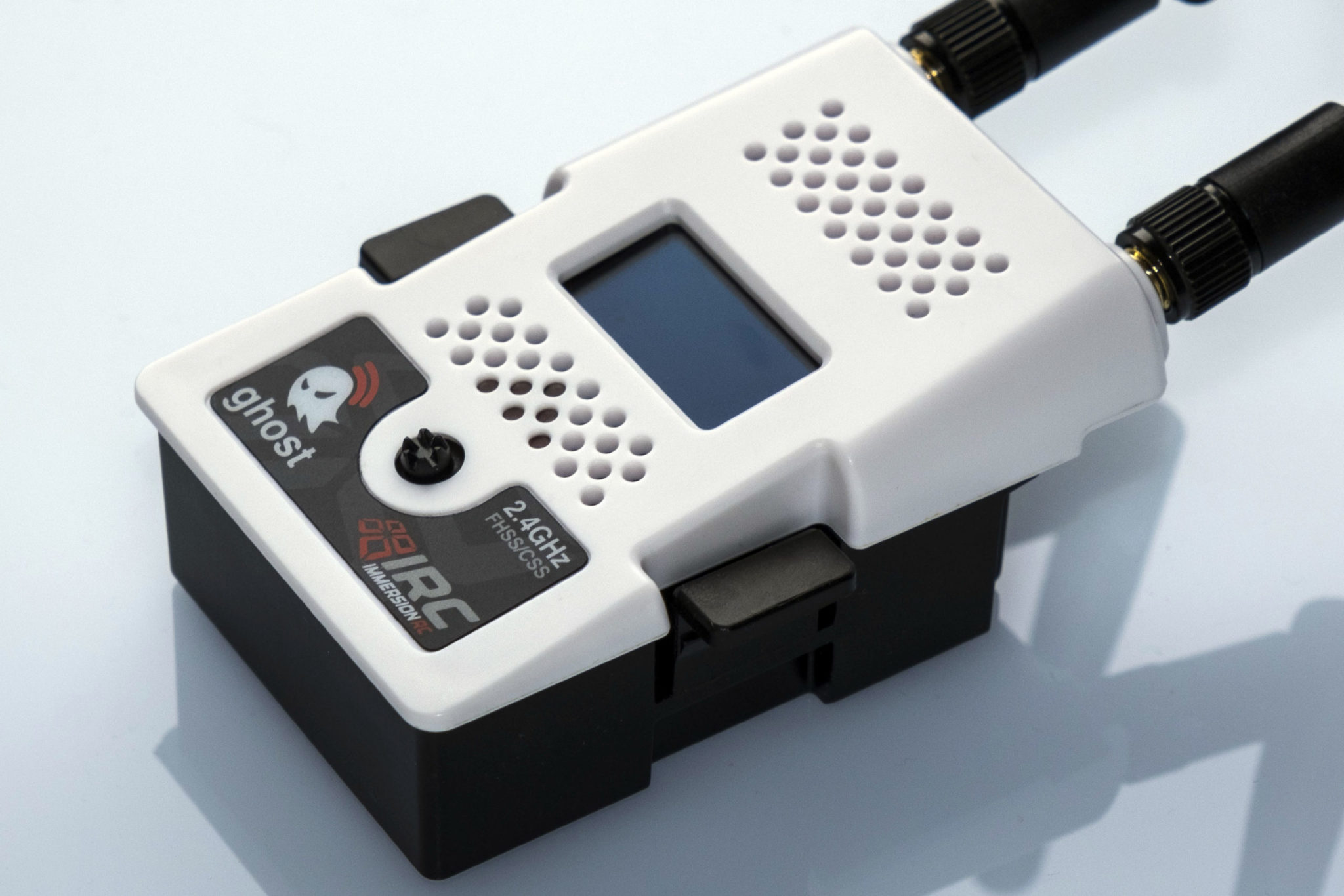
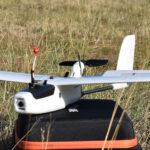
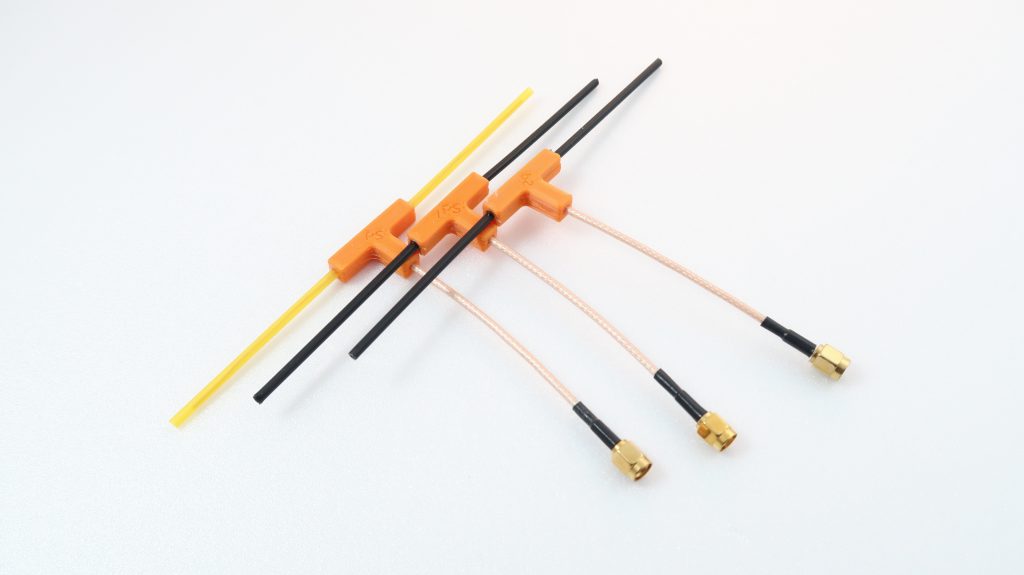
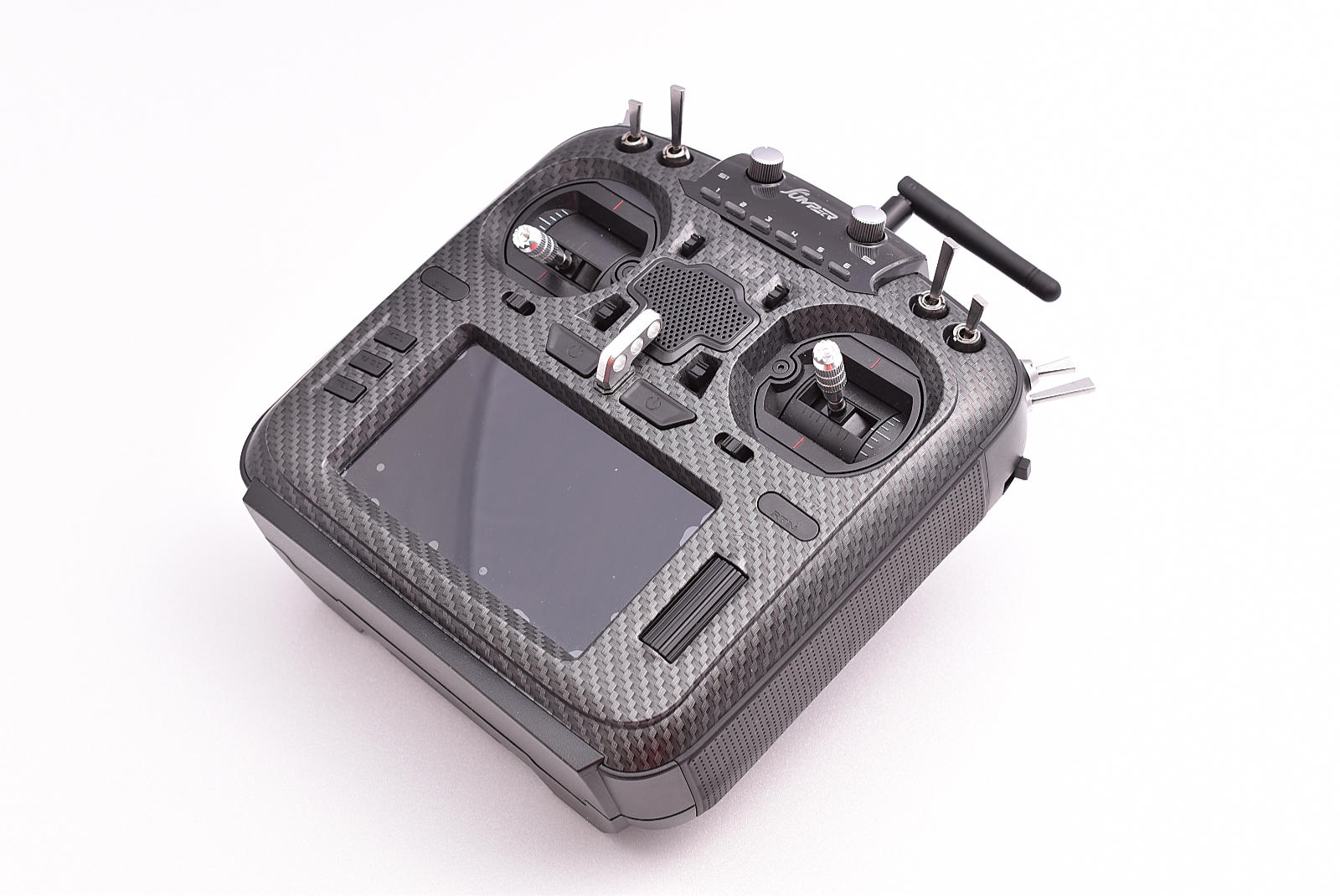
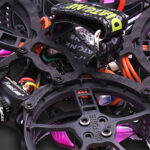
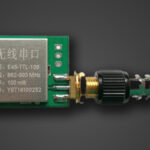
Leave a Reply